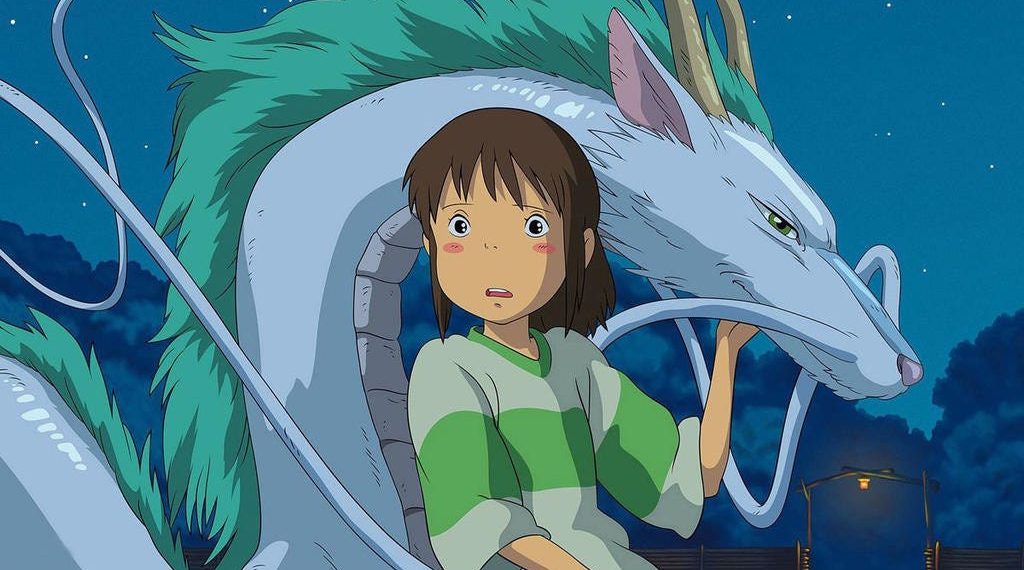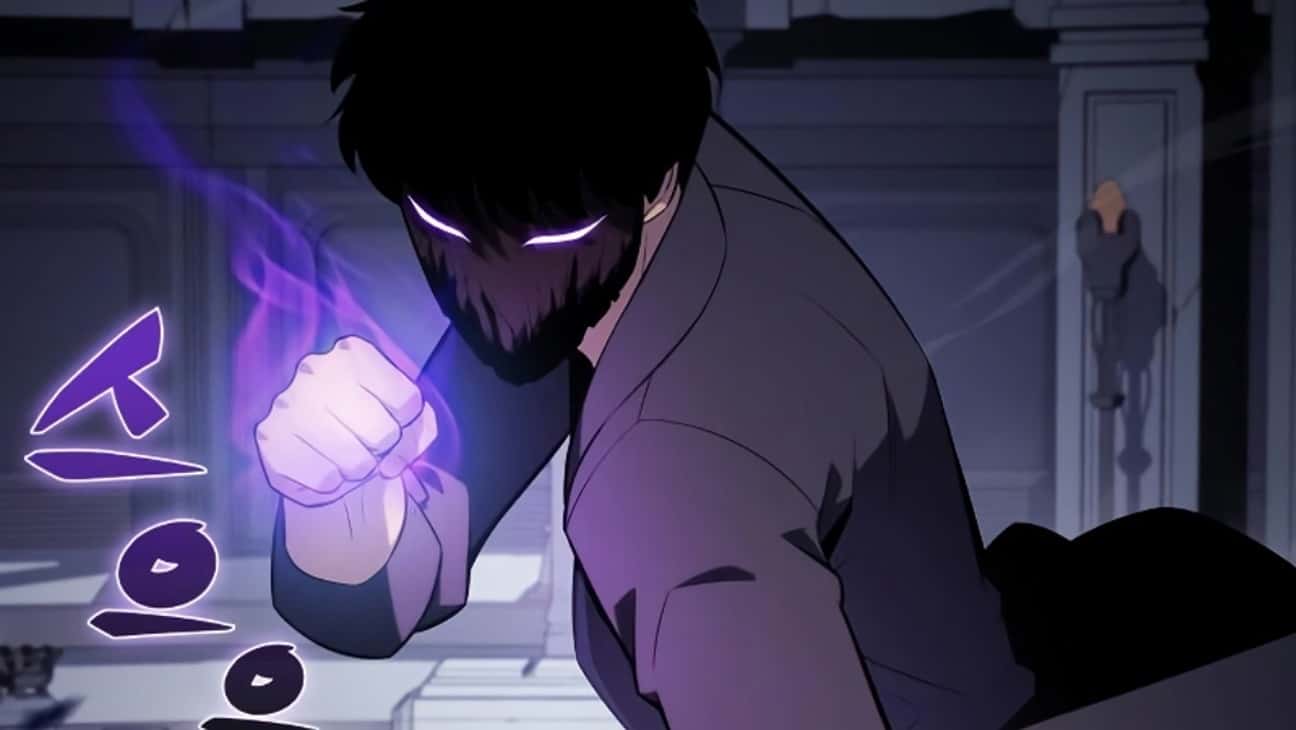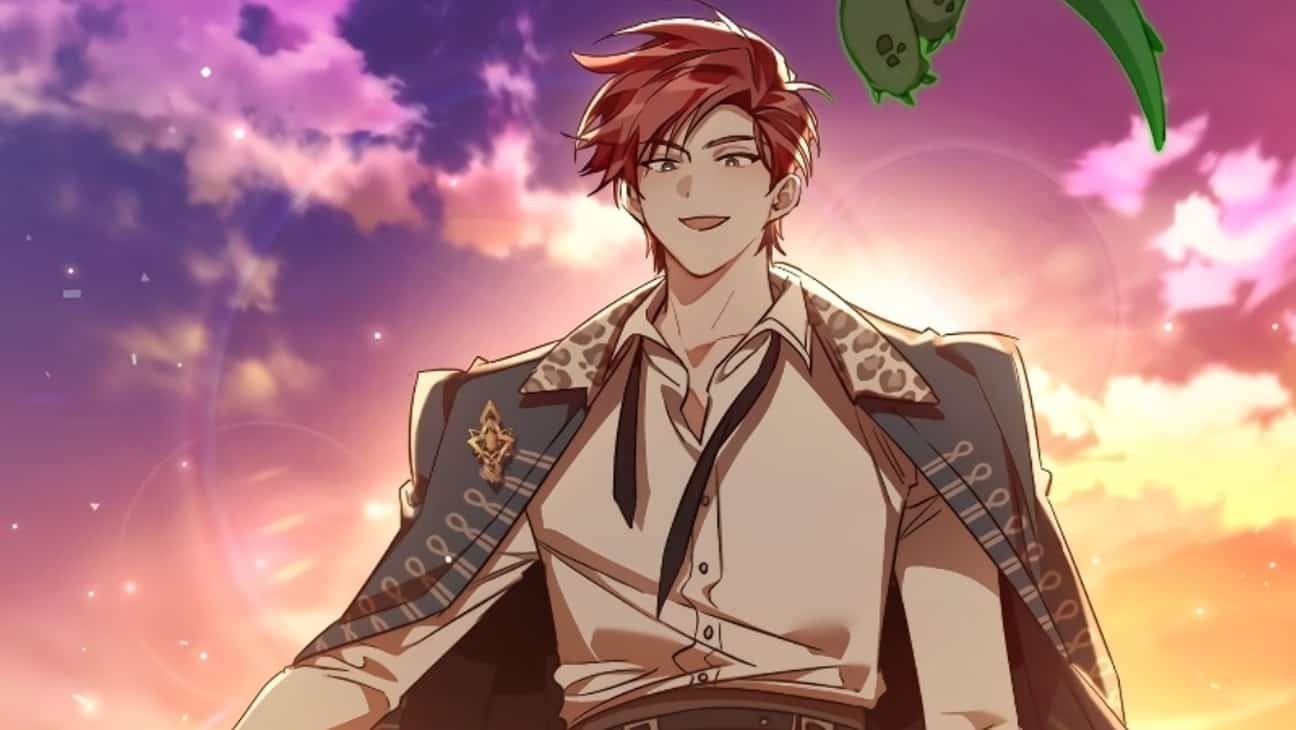The legacy of Studio Ghibli has always been rooted in hand-drawn warmth, timeless storytelling, and emotional nuance. As artificial intelligence enters creative spaces, the studio’s heartfelt approach stands at odds with rapid automation. Now, AI-generated images emulating Ghibli’s unique charm have sparked a conversation—can machine-made art truly capture the essence of what makes Ghibli films so powerful?
Goro Miyazaki, both a director and son of the renowned Hayao Miyazaki, addressed these concerns in a recent feature by The Japan Times. He admitted that AI could have a role in future anime production but remains firm that it cannot replace the emotional depth present in his father’s generation of creators. For him, animation is far more than technique—it’s memory, feeling, and soul.
A Generational Divide In Storytelling
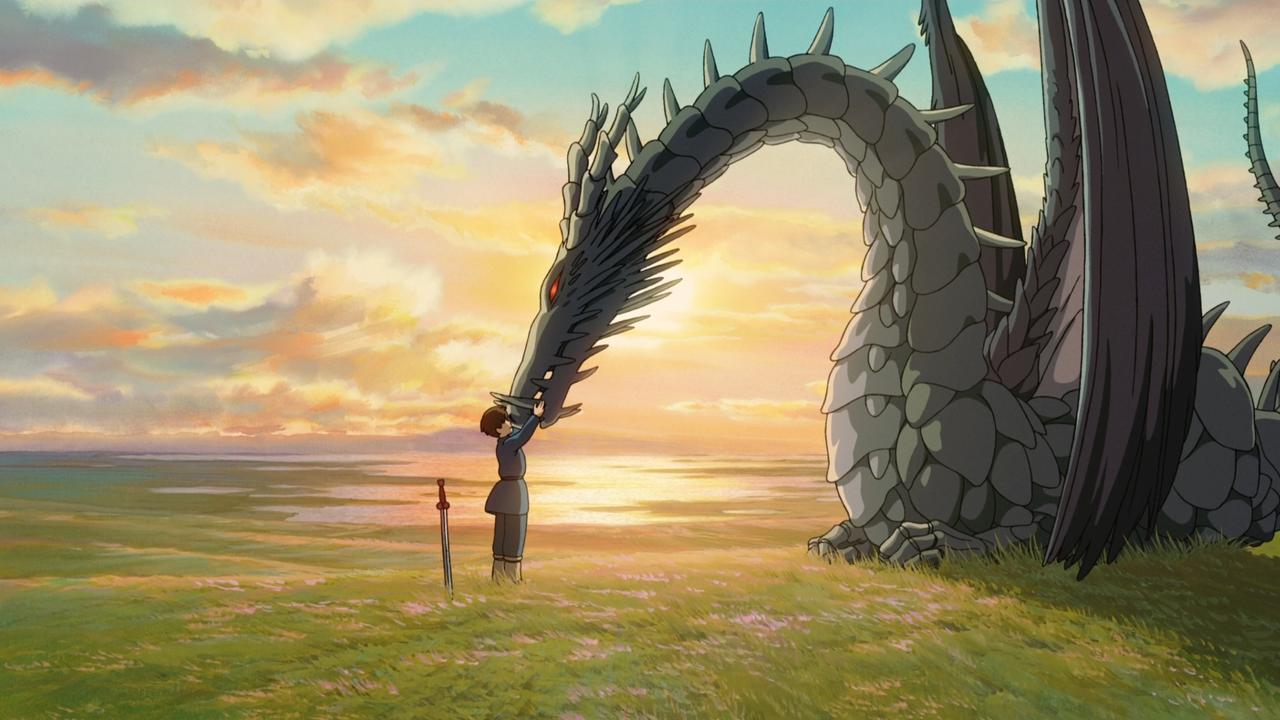
Goro Miyazaki has often discussed how deeply his father’s era impacted the stories Studio Ghibli told. Films like Grave of the Fireflies and Princess Mononoke emerged from memories shaped by postwar hardship. Even My Neighbor Totoro, despite its whimsical tone, contains fear and uncertainty beneath its quiet optimism. Goro once noted that Totoro itself is “scary in its own way,” referencing a child’s quiet dread of losing a parent.
This emotional layering is what makes Ghibli films so universally moving. It is also something Goro believes AI cannot replicate. While today’s creators operate in a different context—safer, more digitized, and less burdened by collective trauma—he sees that as a shift rather than a flaw. Yet for AI, the concern lies in its lack of lived experience. Without pain, joy, or growth, it cannot create from a place of true feeling.
AI’s Potential And Its Limitations
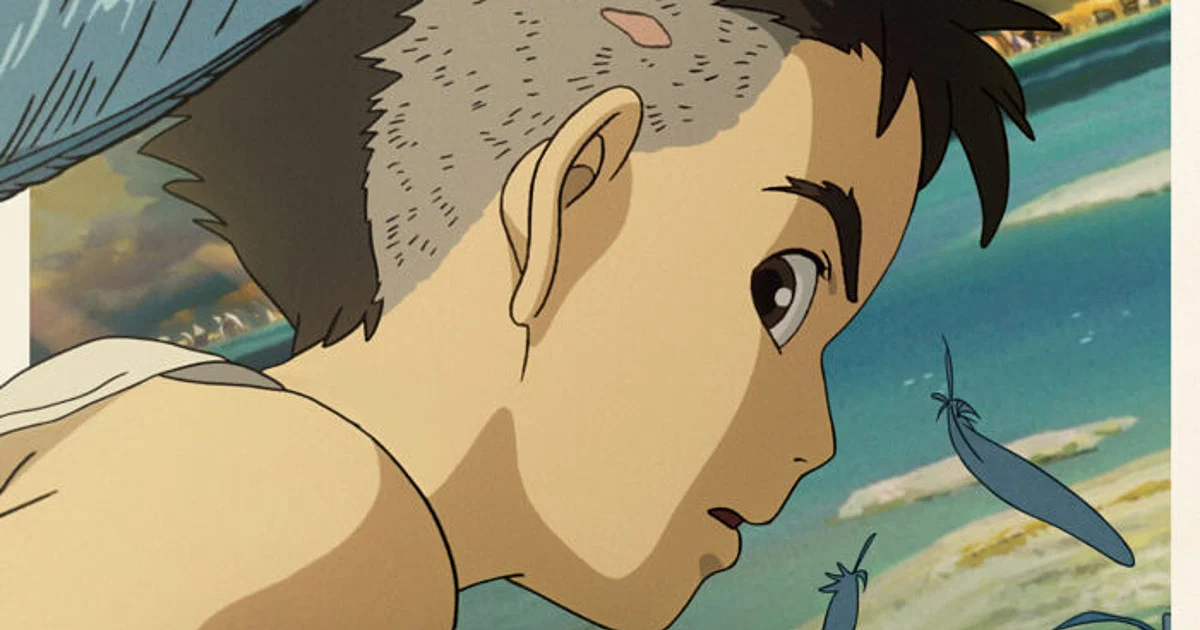
Though skeptical, Goro Miyazaki does not outright reject AI’s involvement in animation. He understands its appeal in an industry facing labor shortages and burnout. With many young artists uninterested in the intense discipline of hand-drawn work, AI tools could help democratize the medium. It might empower creators with fewer resources to craft compelling stories—though perhaps not as deeply felt as Ghibli’s.
However, Goro is clear: AI must support, not replace. He fears that widespread reliance on artificial content may dilute anime’s essence. The more viewers grow accustomed to polished but soulless productions, the less appreciation there may be for the imperfections and humanity of traditional work. It’s not just about the visual style—it’s about retaining the emotional spirit behind it.
The Soul Of Ghibli In A Machine-Made World
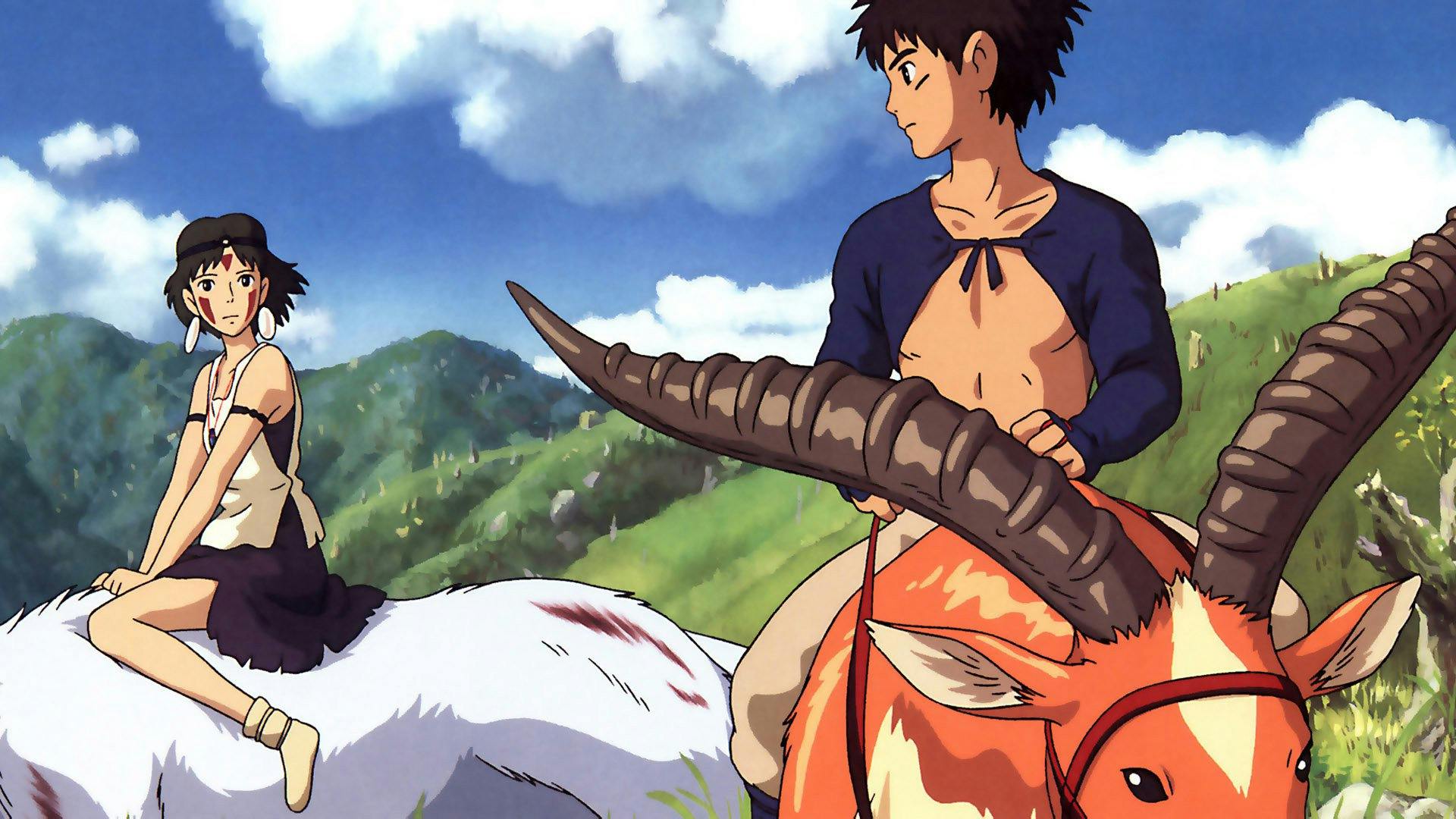
As AI’s influence grows, Goro Miyazaki’s stance reflects both a hope and a warning. He hopes young artists will use new tools to enhance creativity while staying true to their own emotional truths. But he also warns against letting convenience replace connection. At Studio Ghibli, every brushstroke and silence carries intention. That kind of artistry, born from memory and heartache, cannot be generated on command.
Even as the debate unfolds, Goro stands by the belief that the magic of Ghibli is not just in what you see—it’s in what you feel.

